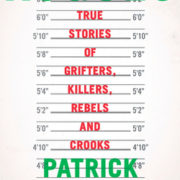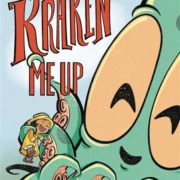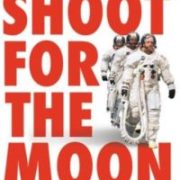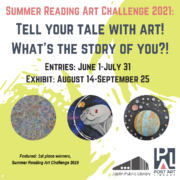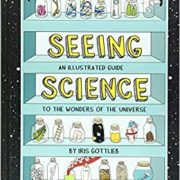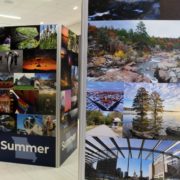101 Art Destinations in the U.S.: Where Art Lives Coast to Coast by Owen Phillips
This is an exciting book. Before discussing why, however, I’d like to give a shout out to Ridpath Club for providing this title in loving memory of their friend and former clubmate, Martha Fowles, who loved art and loved to travel. We’re happy to have the opportunity to share Ms. Fowles love of art and travel with our library patrons via this title.
101 Art Destinations in the U.S.: Where Art Lives Coast to Coast by Owen Phillips is a superb travel guide for anyone and everyone who cares about art. Admittedly, I briefly considered writing about something other than a travel guide for this review, in light of our current circumstances, but no doubt many of you, like me, are experiencing wanderlust. Plus, many of the destinations Phillips includes have a large online presence, so you can peruse digital collections and take virtual tours.
I appreciate that Phillips took a regional approach in the organization of this book: Northeast, Mid-Atlantic, South Atlantic, Midwest, South Central, Mountain, Southwest, and Pacific Coast and Hawaii. Organizing the destinations regionally rather than by type or some other method seems the most thoughtful approach.
Within each region, the destinations are further arranged by state. Thus, the next time you’re visiting Aunt Sally in Texas (South Central region) or attending a conference in Utah (Mountain region), you can easily flip to that section of the book and explore art destinations in that area.
Phillips introduces each of his 101 entries with a beautiful, colorful photograph, either of the destination itself or one of its exhibits, the name and address of each location, a well-written brief history and description of each destination, and information about nearby points-of-interest.
For example, if you’re visiting the Parrish Art Museum in Water Mill, NY, you might stop by the nearby LongHouse Reserve in East Hampton to take in the sculpture gardens, which are comprised of pieces by Buckminster Fuller, Yoko Ono, de Kooning, and others.
Another pleasurable feature of this title is that it offers a variety of destinations, such as houses, memorials, museums, parks, studios, etc., as well as represents an array of types of visual art, such as architecture, ceramics, painting, public art, sculpture, and more.
In addition to being an expertly arranged art-destinations travel guide, this book is, to state it simply, fun. It’s the sort of book that you can read from cover-to-cover or just the sections pertinent to your travel plans. My favorite way to read it is to open it at random and explore whichever entry I’m presented with.
This read-at-random approach led me to The John and Mabel Ringling Museum of Art in Sarasota, FL, which began in the 1930s. Their collections are comprised of artworks from all eras and all continents, many of which can be viewed online at ringling.org.
To be honest, I cannot recommend this book enough. In fact, I’m acquiring a copy for my personal library. Not only it useful for traveling and armchair traveling alike, but it’s a nice conversation piece and an interesting coffee table book, if smaller than most.
Finally, I leave you with some of my favorite art destinations mentioned in the book that I highly recommend exploring online and, if possible, in person when they reopen: Crystal Bridges Museum of American Art in Bentonville, AR; the Philbrook Museum of Art in Tulsa, OK; The Nelson-Atkins Museum of Art in Kansas City, MO; and The Cleveland Museum of Art in Cleveland, OH.
Take care and, as always, happy reading.



